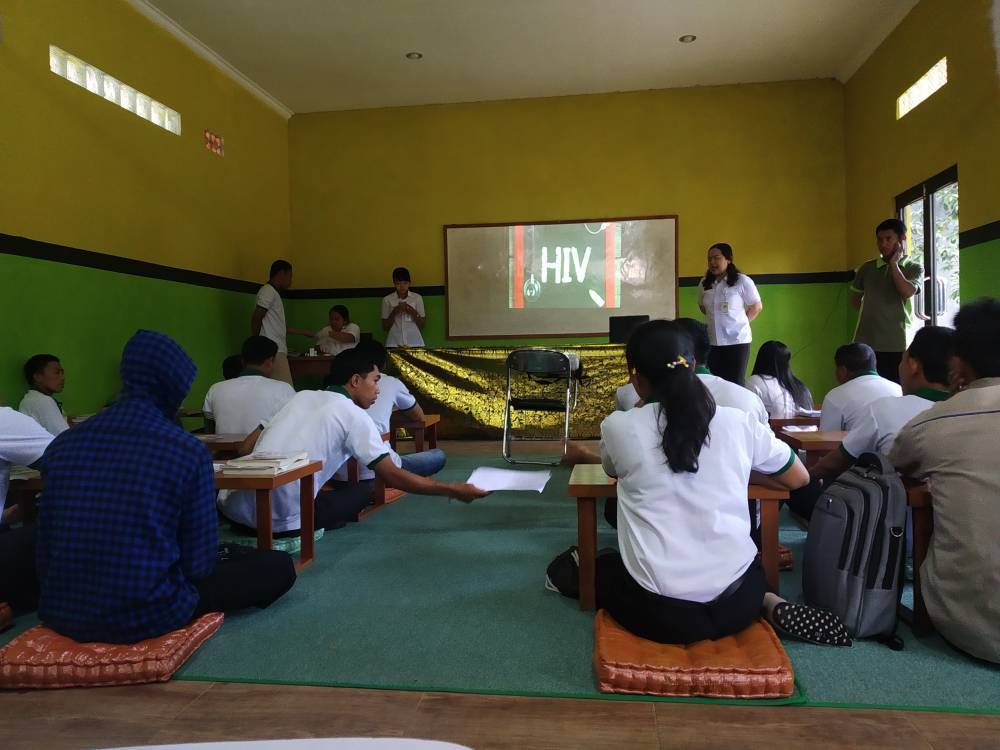Globally, it is estimated that almost 40 million individuals are currently living with HIV. In total, over 35 million individuals have died from Human Immunodeficiency Virus (HIV) or Acquired Immune Deficiency Syndrome (AIDS)-related illnesses since the virus’s discovery.
1 December 1988, the first time World AIDS Day was commemorated, to bring as much awareness as possible to HIV. This year marks the 34th year it is observed, and its importance still stands firm.
Even though there have been numerous scientific advances in HIV treatments, many individuals do not definitively know how to care for themselves, or others while living with the virus. Stigma and discrimination against those living with the condition still run rampant, which may deter many individuals from accessing resources that may be valuable to them.
Understanding HIV and its early symptoms
AIDS is an umbrella term used to characterise a series of infections and illnesses that are caused by HIV. While AIDS is non-transmissible, HIV is a Sexually Transmitted Infection (STI) that can be contracted through the spread of bodily fluids, shared needles, sexual intercourse, during pregnancy and delivery, or breastfeeding.
The 4 most common ways HIV is transmitted
- Blood
- Semen and pre-seminal fluid
- Rectal fluids
- Breast milk
- Vaginal fluids
Within 2-4 weeks of infection, individuals with HIV will start to experience flu-like symptoms, this is known as a primary (acute) HIV infection.
These flu-like symptoms include:
- Fever
- Headache
- Muscle aches and joint pain
- Rash
- Swollen lymph nodes
Late-stage HIV and AIDS
HIV is a silent virus, and infected individuals may often appear healthy, even as they transition to the clinical latent infection (chronic) HIV stage. At this stage, many individuals with HIV may not experience any symptoms. This stage is also prolonged with the use of Antiretroviral Therapy (ART).
Following the chronic HIV stage, the virus continues to destroy the body’s immune cells (known as CD4 cells), leading to the next stage, known as symptomatic HIV infection. By this point, the body is no longer able to fight most illnesses, specifically certain types of infections (known as opportunistic infections).
AIDS is the late stage of an HIV infection when the immune system has been damaged. Typically, AIDS is diagnosed when the CD4 cell count falls below 200 per cubic millimetre of blood, or the individual has developed an AIDS-defining complication, like cancer.
Other AIDS-defining complications
- Thrush
- Tuberculosis
- Lymphoma
- Kaposi’s sarcoma
- Pneumocystis pneumonia
Getting tested for HIV and treatment options
Thanks to an increase in awareness and funding, HIV tests are often available for free, or at a reduced cost. Typically, two common methods are employed when testing for HIV— a rapid test or a lab test. Individuals may either have their oral fluids or blood samples tested.
Individuals who would like to get tested for HIV may typically seek out resources, testing, and treatment options at the following local institutions:
- Community health centres
- Substance abuse programs
- Medical clinics
- Local AIDS organisations
Who should get tested for HIV?
In general, it is recommended that all individuals between the ages of 13-64 get tested for HIV once a year. However, some individuals who are at a higher risk of contracting HIV should go for screenings regularly:
- Those who have had sexual intercourse with a partner who has HIV
- Those who have shared injected drugs and needles, syringes, or other drug equipment with others
- Those who have been diagnosed or treated for any other sexually transmitted infection
- Those who have had more than one sexual intercourse partner since their last HIV test
- Those who are pregnant or trying to conceive
Knowing one’s HIV status enables individuals to advocate for their health and also take steps to keep themselves and their sexual partners healthy. With advances in medicine, there are medications that people with HIV can take that allow them to have a good quality of life.
Preventative medication also exists which allows individuals to live with an undetectable viral load, which means they will not be able to transmit HIV to a person without HIV through sex.
While testing can seem daunting and uncomfortable, it is crucial to participate in regular testing to ensure that individuals, especially those at high risk, are aware of their HIV status. This allows for better management of symptoms and a reduction in transmission.

